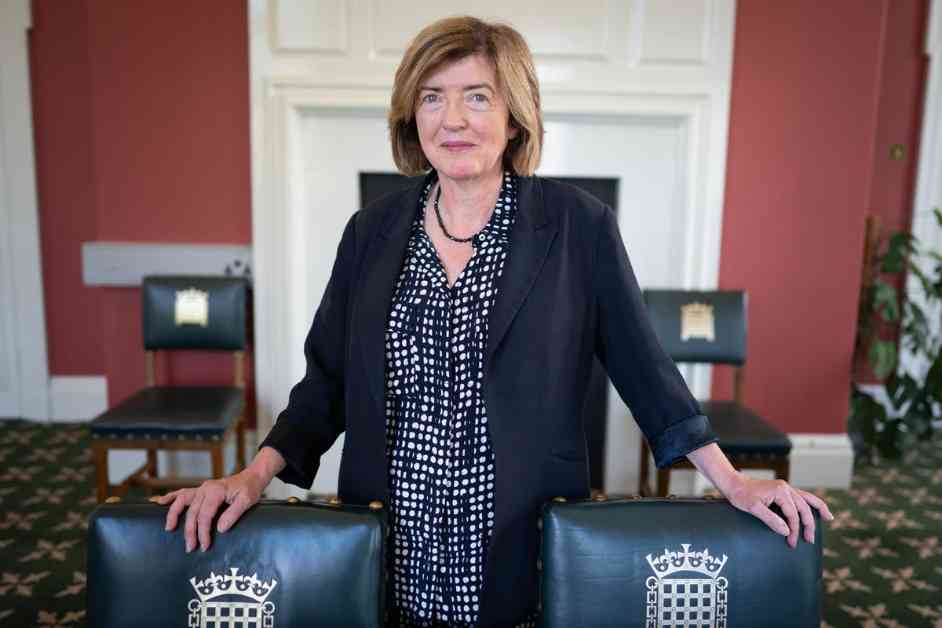Sue Gray, Keir Starmer’s Chief of Staff, Earns Higher Salary Than Prime Minister: Analysis
Sir Keir Starmer’s chief of staff, Sue Gray, has stirred controversy by receiving a pay rise that now exceeds the salary of the Prime Minister. In a surprising turn of events, Gray’s salary stands at £170,000, which is £3,000 more than the PM and even surpasses the earnings of any cabinet minister or her Conservative predecessor. The decision to increase Gray’s pay has sparked debate and criticism within political circles, shedding light on the dynamics of power and influence within Sir Keir’s Downing Street operation.
The Salary Discrepancy and Political Fallout
The revelation of Sue Gray’s elevated salary has raised eyebrows and drawn scrutiny from various quarters. Despite suggestions to opt for a lower salary than the Prime Minister to avoid backlash, Gray stood firm in her request for a higher pay grade. This move has not only fueled speculation but has also exposed underlying tensions within the Labour Party, particularly regarding the handling of staff and the perceived overreach of Gray’s authority as chief of staff.
As discussions surrounding Gray’s salary intensify, it has become evident that her position and influence extend far beyond mere administrative duties. Critics have pointed out the disconnect between the top-tier salary awarded to Gray and the challenges faced by staff lower down the hierarchy, leading to questions about fairness, transparency, and accountability within Sir Keir’s inner circle. The perception of a power struggle and discontent among Labour figures adds a layer of complexity to an already contentious issue.
The Impact on Labour’s Image and Leadership Dynamics
The ongoing saga involving Sue Gray’s salary has implications for Labour’s image and the dynamics of leadership within the party. As one of the key figures responsible for Labour’s preparations for government, Gray’s actions and decisions have come under intense scrutiny, with critics questioning her effectiveness and judgment in steering the party towards its political goals. The reported clashes between Gray and other senior officials, including election guru Morgan McSweeny, highlight underlying tensions and power dynamics that could impact Labour’s cohesion and strategic direction.
Moreover, the public perception of Gray’s salary raise has raised concerns about optics and priorities within the Labour Party. At a time when economic uncertainty and social challenges loom large, the decision to grant a substantial pay increase to a political appointee has sparked debate about fairness, equity, and the values that underpin Labour’s ethos. As the party seeks to navigate a complex political landscape, the handling of internal conflicts and controversies like Gray’s salary raise will undoubtedly shape its reputation and credibility in the eyes of the public.
In conclusion, the controversy surrounding Sue Gray’s salary serves as a microcosm of broader issues facing the Labour Party and its leadership. The implications of Gray’s elevated pay, the power struggles within Sir Keir’s inner circle, and the underlying tensions within the party’s hierarchy all point to a need for reflection, dialogue, and course correction. As Labour grapples with the fallout from this latest controversy, the path forward remains uncertain, with questions lingering about accountability, transparency, and the values that define the party’s identity in the eyes of the public.












